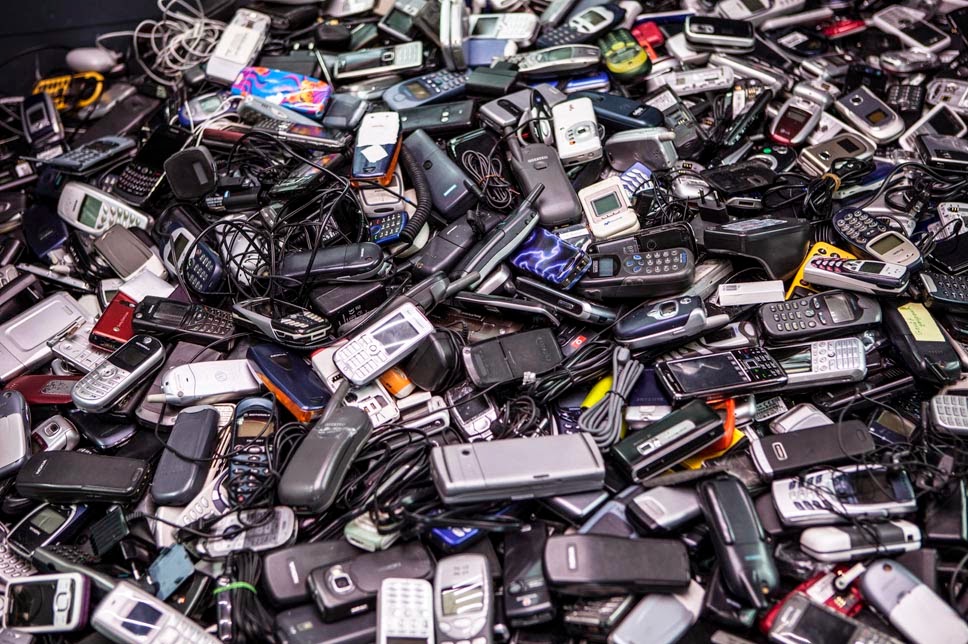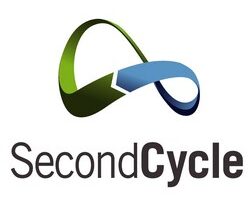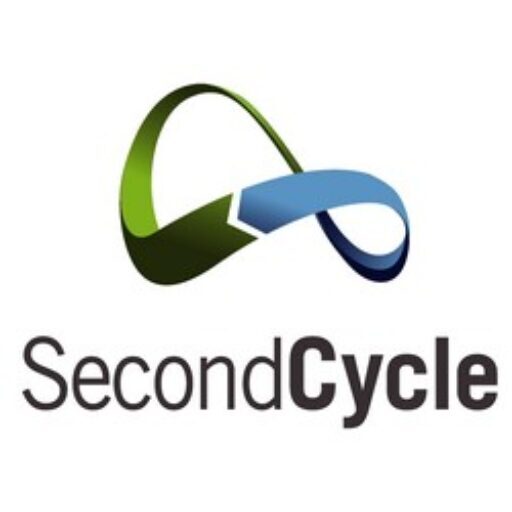Inspired from an interesting article that connects two different country realities China’s Disastrous Pollution Problem Is a Lesson for Canada
With almost 10 million km2 of surface Canada occupies the second place in the top countries in the world even before Yankees country and The Great Wall nation, but when it comes to population its impressive to see how few people live in the maple flag country, it is 11% of United states population and only 0.26% of Chinese one. There is nothing new in statement above, what is really impressive is that Canada conquers also the top ranking place on pollution matters as well, it seems like we enjoy being on top.

2014 record year for e-waste, close to 42 million tons world total generation. Avg Canadian consumption is around 19 kg. Souce: Journal les Affaires (2015, April 25th) “Année record pour les déchets électroniques”
Despite a small population and good access to natural resources, Canada is located on 9 th position[1] of top 10 greenhouse gases emitters that generates 70% of global GHG emissions. Statistics is an amazing describing tool and some human kind could say that Canada generates only 2% of world total emission of GHG but when it comes to emission per capita it is Canada at the very top of the list (24, 5 t CO2 per capita) which is almost four times of world average. One word to explain this gap phenomenon is simply known as “overconsumption”
Individual actions could reduce pollution but a country strategic business plan could definitively make a great difference reversing fatal effects of past choices. Circular Economy is a powerful tool that allows sustainable benefits by adopting a revolutionary economic system. In order to understand Circular Economy, let’s describe the current linear economy as a model based on extraction-production-consumption and dismissal that is no longer suitable for a limited natural resources planet as ours. Then Circular Economy is “an economical concept that promotes loop good production that avoids waste in all levels material, water and energy sources”. “Waste” is called secondary raw material that will integrate the product loop that generates it or used in other process to be part of another product, as a cogeneration input or energy recovery at last.
Chine as a potential emerging superpower has experienced an explosive growth in the past decades and as a consequence raw material issue occurred. China decided to seek Circular Economy expertise in order to fight raw material shortage and improve international competiveness. It could not be a better moment than now for Canada to develop a circular economy model considering internal realities before natural resources shortage, lost on business performance or pollution borne diseases hit seriously our greater country. It is time to lead the change that will occurred anyways instead of missing the train by continuing to build a country future relying on conventional industries that are not profitable in long term and that are polluting our precious nature.
Waste is a waste only if you waste it!
Is your company considering a circular economy project?
Contact us toll free : 1 833-280-2828

